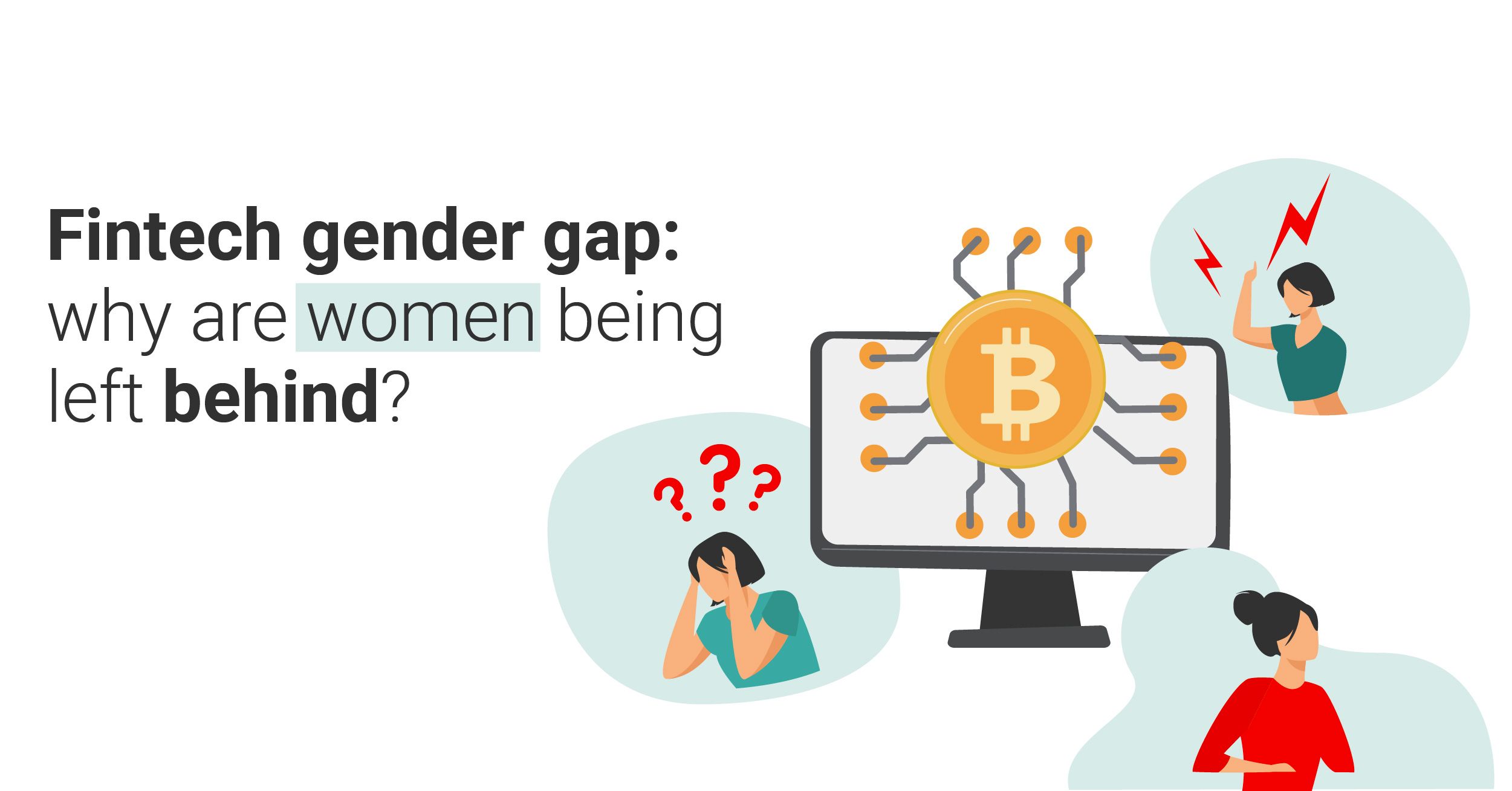
Fintech: a male-dominated industry that needs to change
Financial services and technology are two of the most male-centric global industries, so it comes as no surprise that there is a noticeable imbalance of gender diversity within Fintech.
The gap is striking - in 2020 global figures showed that as little as 20% of women held executive roles within the Fintech sector and less than 30% of the employee base consists of women. By 2025 the fintech industry is set to hit $305 billion in market value, which means the gender gap could widen even further.
Gender equality doesn’t stop at employment level
Financial inclusion concerns everyone -- it’s the link that ensures safe access to finance! As a result, lack of female representation in the industry influences the quality and diversity of industry products, causing a negative ripple, from the bottom-up. This is slowly changing as women take lead roles, however there is a bigger problem at hand: the lack of women Fintech users and customers.
The Fintech gender gap: why are women being left behind?
Global progress in digital financial services has become one of the most important means to fast-track access to financial services for women. Despite this, there is a glaring gap as women fall behind men, when it comes to accessing financial services, especially in rural areas and developing countries.
We outline some of the reasons below:
- Fewer women own phones -- globally 300 million fewer women own mobile devices than men
- In more remote locations: the distance needed to travel to and from the nearest bank
- Having insufficient documents to open a bank account
- Cultural norms and religious reasons – for example in Middle Eastern countries women need approval from a male guardian to open an account
- Family and work responsibilities logistically impede women from gaining headway
Bridging the (gender) gap: what needs to happen?
There are high hopes that new financial technology will create greater access and enhance financial inclusion, slowly but surely closing the fintech gender gap. We need to ask ourselves what the key factors are in addressing the challenges of women having access to and using digital banking?
Financial education is one of these, encouraging the more underserved communities to participate in digital finance.
Women overcome the flaws in fintech
There are ways to conquer the overwhelming gender inequality found within fintech. Here’s how:
- Broadening the fintech customer-base to meet the needs of women
- Understanding women who make decisions about their families and household finances
- Being aware of how much of the world’s income is controlled by women
Addressing the inclusion of female customers and how they can have access to fintech services is paramount.
As financial technology becomes easier to use, more readily accessible and affordable we see an increase in the women customer-base. This shift will drive digital financial innovation and make way for a market that can adapt with the times – fundamental to fintech’s success, and that of women too.
Read more on the fintech gender gap here.